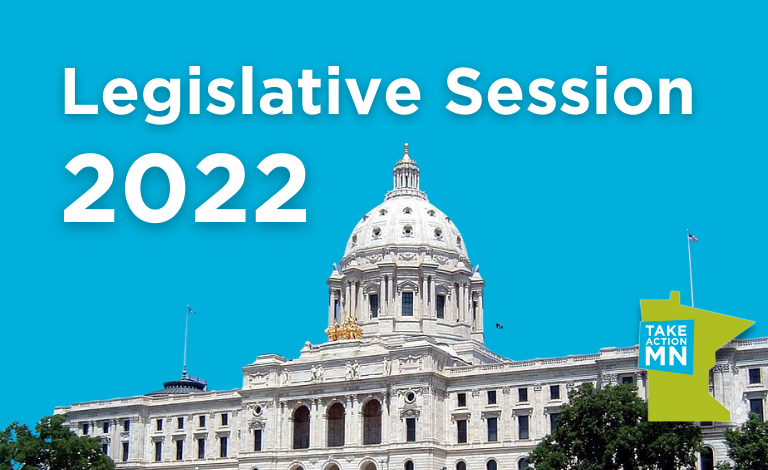Last week, Governor Walz released a revised supplemental budget recommendation to the legislature. From here, the Governor’s administration will present their proposals to state legislators, who will then negotiate to amend, add, or remove items; and finally, vote on a final budget, which will guide the state’s spending for the rest of the biennium. Our state budget should be reflective of our values, needs, and hopes. We’re here to share what’s exciting and disappointing in Gov. Walz’s recommendations.
While the headlines show that the state of Minnesota has a $9.3 billion surplus, we know that for decades now, our government has failed in its duty to invest in people. Our state government has a credit to pay back to the children, families, workers, and public systems they have underfunded, and that’s what should happen.
The Good Stuff
- Investments in childcare, affordable housing, fighting climate change, and legalizing marijuana.
- Options for residents to buy in to MinnesotaCare health insurance. Minnesotans whose incomes are too high to be eligible for regular MNCare would be able to participate in the program while the state’s existing public health care programs are strengthened.
- MNCare coverage for undocumented Minnesotans under the age of 19, providing health care access for approximately 1,700 additional children.
- Paid sick days, making workers eligible to accrue up to 48 hours of paid time off per year to take care of a sick child, go to the doctor, address domestic abuse, get a COVID test, or seek safety without having to worry about losing pay or getting fired.
- Paid Family and Medical Leave.
The pandemic has made clear that our health and well-being is tied together. We all benefit when workers have access to paid sick time. Across Minnesota, about 36 percent of workers don’t have access to paid sick days. Working Minnesotans lose out on a combined $839 million in wages each year due to taking unpaid family and medical leave – a huge financial blow that falls disproportionately on women and people of color. The need for Paid Family and Medical Leave and paid sick days is especially urgent in rural Minnesota, where working women have long struggled with a shortage of elder- and child-care providers, and have fewer options for job flexibility like telecommuting.
While we are thankful to the Governor, Lieutenant Governor, and their staffs for including in their budget recommendations the above policies (and others), we’re also disappointed in their failure to include any meaningful attempt to tackle the cost of prescription drugs.
A Big Miss
Prescription drugs don’t work if people can’t afford them, and the governor missed a real opportunity to change the rules on Rx costs – rules that currently favor and serve Big Pharma.
A Prescription Drug Affordability Board (PDAB) would have the authority to establish statewide upper payment limits for prescription drug sales in Minnesota, which is why it has been a priority of TakeAction for years. A PDAB would protect consumers, state and local governments, health plan companies, providers, pharmacies, and other health care system stakeholders from price gouging by big pharmaceutical corporations. Even though the governor didn’t include a PDAB in his budget, we’ll continue our efforts, with your help, to push it through the legislature.
This mixed bag of policies isn’t new, and we should always honor actions that meaningfully improve people’s lives, as many policies in the Governor’s budget recommendations do. We must continue to raise our stories of the consequences of these actions and inactions.
Share your prescription drug story to break the stigma of these high costs and push for action.
Stay tuned for more updates & action opportunities as the legislative session keeps heating up. We’ll be in touch soon.
In solidarity,
Robert Haider (he/him), Policy Director
Sabrina Mauritz (she/her), Field Director

